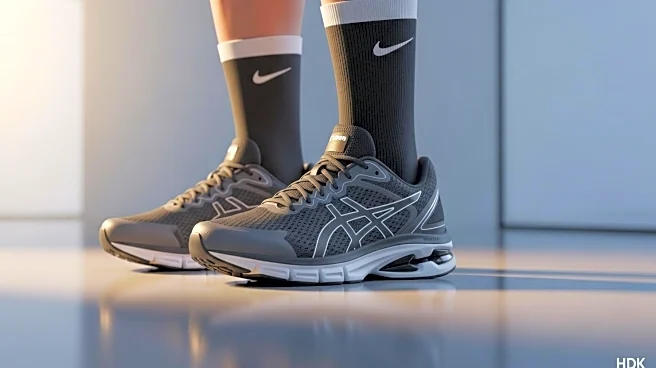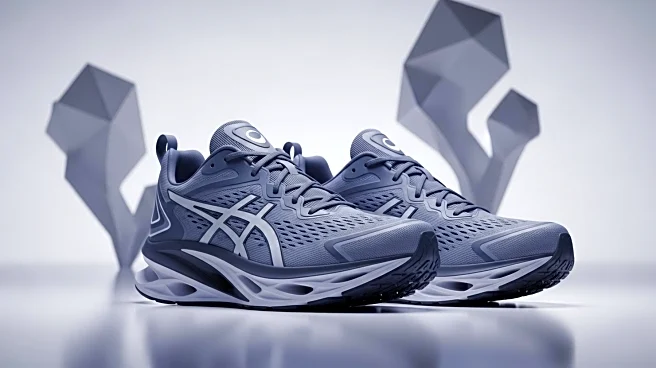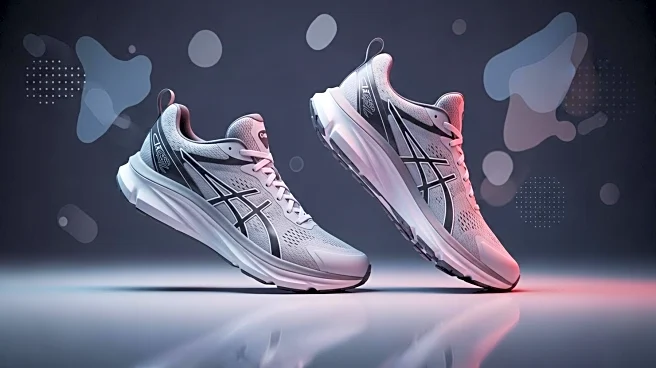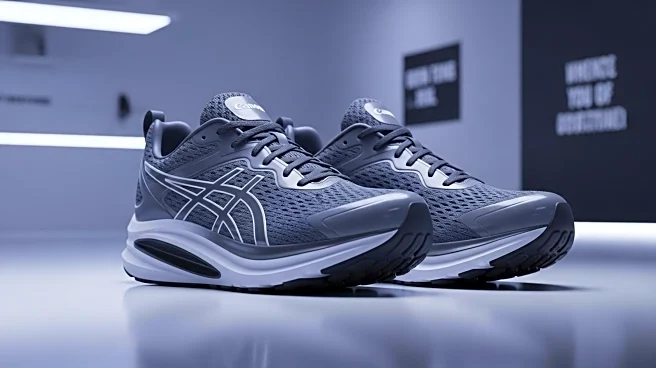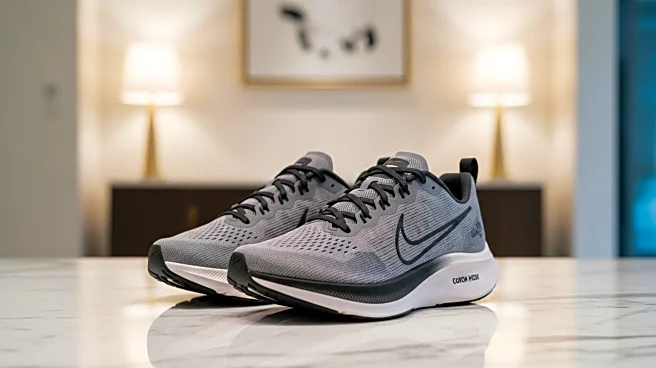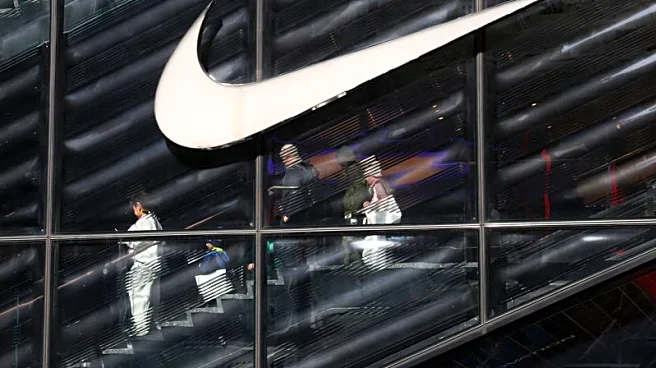What is the story about?
What's Happening?
Nike, Inc. is undergoing a significant restructuring phase aimed at enhancing operational efficiency and innovation. Under the leadership of CEO Elliott Hill, the company has initiated a 'Win Now' strategy, which includes a 2% reduction in its workforce, affecting over 1,600 employees. This move is part of a broader $2 billion cost-savings plan, with $400 million allocated to restructuring charges. The company is also shifting its manufacturing base from China to countries like Vietnam, Indonesia, and Mexico to optimize its supply chain. Key leadership changes have been made to streamline decision-making and focus on product excellence, with Phil McCartney appointed as Chief Innovation Officer and Amy Montagne as President of Nike.
Why It's Important?
Nike's restructuring efforts are crucial for maintaining its competitive edge in the global sportswear market. The workforce reduction and supply chain optimization are expected to stabilize financial performance and enhance innovation. Despite a 12% drop in revenue and a decrease in gross margin, early signs of recovery are evident with improved margins and increased marketing spend. The company's focus on premium pricing and product innovation aims to counteract brand value erosion from excessive discounting. Analysts project a return to double-digit gross margins, indicating potential long-term growth and investor confidence.
What's Next?
Nike's strategic initiatives, including the 'Speed Lane' for accelerated product development, are expected to yield new product launches in 2026. The company is also re-engaging Gen Z consumers through partnerships and experiential retail concepts. As Nike refines its product portfolio and digital strategy, analysts anticipate compound average sales growth and rising gross margins. Investor sentiment remains cautiously optimistic, with JPMorgan upgrading Nike's stock rating, reflecting confidence in the company's margin recovery and brand strength.
Beyond the Headlines
Nike's restructuring highlights the broader industry trend of balancing cost optimization with innovation-driven growth. The company's focus on operational efficiency and premium pricing positions it for long-term recovery, while maintaining brand equity amidst inventory normalization and supply chain shifts. This strategic balancing act is crucial for reclaiming its leadership position in the global sportswear market.
AI Generated Content
Do you find this article useful?
